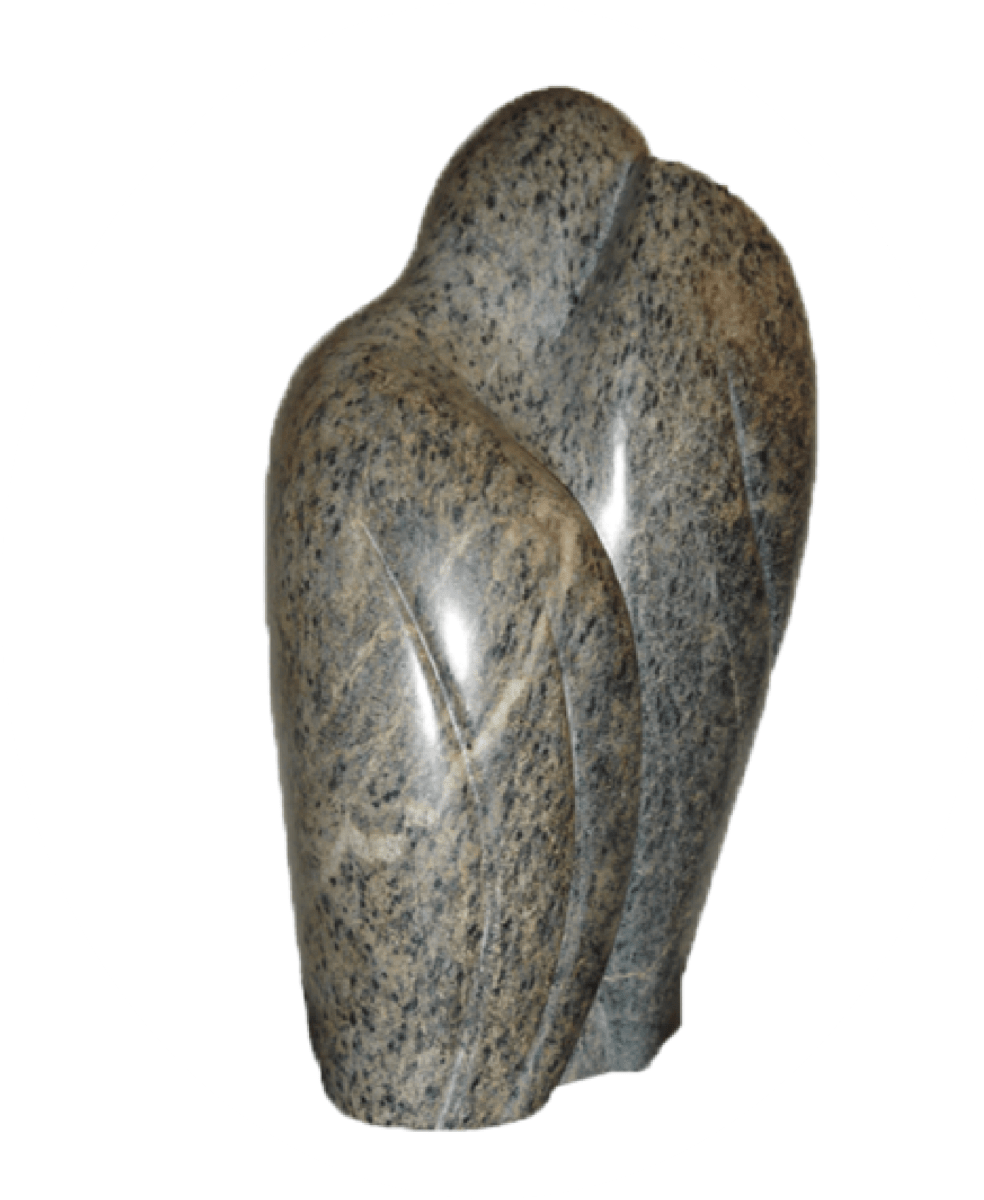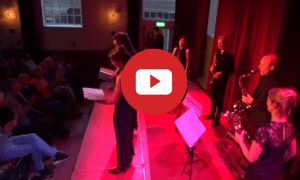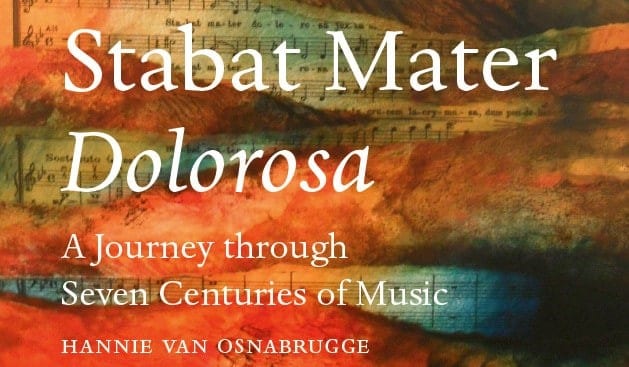Joost Langeveld not only mastered the art of performance at the conservatory but has also carved out a unique musical path. As the organist at the Stevenskerk in Nijmegen, he’s claimed top honors at the International Organ Improvisation Competition in Haarlem twice. Beyond the traditional, Joost adds his musical flair to silent film screenings through improvisation.
However, his journey isn’t confined to the world of music alone. Joost holds a degree in sociology, showcasing a diverse intellectual palette. Sharing his passion, he imparts knowledge as a music sociologist at various educational institutions. In 2018, he took the stage at Radboud University, delivering two captivating lectures on compositions inspired by the Stabat Mater’s text.
To celebrate the English edition of our book Stabat Mater Dolorosa – A Journey through SevenCenturies of Music, we translated the article Joost Langeveld wrote for our blog about the Stabat Mater. Heartfelt thanks for contributing your unique perspective!
Contribution by Joost Langeveld
There are few texts that have been set to music by as many composers as the Stabat Mater; a fact evident in this Ultimate Stabat Mater Website. The popularity of the text undoubtedly arises from the poignant, universal theme of a mother losing her child – witnessing helplessly as her child suffers and dies.
Rhymed Prayer
Interestingly, this text was initially not created to be set to music. Originally, it was a rhymed prayer intended for silent, personal devotion. It is written in the first person, a prayer in a then-common form of meditation, where the believer immerses themselves as concretely as possible in a biblical event (Mary under the cross) and tries to intimately experience what the present characters are going through, delving deeper into the mysteries of faith. This is not about theology but pure compassion.
Rhyme
At the same time, it is rhyme: the text is clearly structured in short stanzas of three lines. The first two lines rhyme with each other, while the third lines of two consecutive stanzas also share a common rhyme. This forms a kind of double-stanza, both structurally and thematically. Metrically, only one strong metrical foot is used: the trochee (two syllables with the stress on the first). Thanks to this clear structure and tight meter, the long text is easier to learn and remember. The first written versions of the Stabat Mater only appear in the fourteenth century, more than a century after its origin.
Late in the same century, it is revealed that the Stabat Mater was sung for the first time, by flagellants – penitents who publicly flogged themselves in processions, physically identifying themselves with the suffering of Mary and Christ.
Liturgy
In the fifteenth century, the Stabat Mater found its place in the official church liturgy of the Feast of the Seven Sorrows of Mary, both in the Mass and in the prayer times. In the Mass, the Stabat Mater functions as a sequence (an intermediate chant between readings), and in the prayers as a three-part hymn in Vespers and Lauds. From then on, a gradual stream of Stabat Mater compositions began. Composing such liturgical texts was the main task of church choir directors. Composers did not choose their texts out of personal interest or inspiration but to have material needed for the exercise of their function. When the stream was well underway, a hiccup occurred: during the Council of Trent (the great Roman church council in the years 1543-1568, which launched a counteroffensive against the Reformation), the Stabat Mater was once again removed from the liturgy, along with thousands of other sequences. These were generally products “from below,” stemming from popular devotion, often local and very beloved by the common man. Over the centuries, they had so abundantly infiltrated the official liturgy that they threatened to overgrow it. To maintain the international uniformity of the church service, the council radically removed all sequences, with four exceptions. The Stabat Mater was also affected by this decision.
Stations of the Cross Procession
The compositional production of Stabat Maters did decrease, but it did not come to a standstill. Some churches and monasteries, and especially some courts, would not let their beloved music be taken away. Furthermore, the Stabat Mater had by now also found a place in various non-liturgical devotional practices, including the Way of the Cross processions on Good Friday and in the gatherings of fraternities – associations of laypeople with the aim of deepening faith. Music played an important, persuasive role during their meetings. For example, A. Scarlatti and G.B. Pergolesi composed their famous versions of the Stabat Mater on commission from the Neapolitan fraternity of the Cavalieri della Vergine dei Dolori.
Beloved
The Stabat Mater remained so beloved and in vogue that Pope Benedict XIII felt compelled in 1727 to restore the chant to the official liturgy. This event heralded a new flourishing period for the Stabat Mater. During the period 1720-1880, Stabat Maters were produced in incredibly large numbers. Most were no longer intended for liturgical use but for other religious practices.
Around 1800, a completely new, secular setting emerged: the concert hall. An early example is J. Haydn’s Stabat Mater, composed shortly after his duties at the Esterhazy court were expanded to include church music in 1776. In 1781, this work had its French premiere in a Parisian concert hall. Just as altar triptychs and saint statues moved to museums in the nineteenth century, religious music works like Passions, Requiems, and Te Deums found a new home in concert halls. It would be too much to go into the causes of this radical process here, but it boils down to the fact that, on the one hand, the cultural role of churches visibly diminished, while, on the other hand, the burgeoning bourgeoisie developed its own new forms of musical life in public concerts, concert halls, choir associations, etc. Of course, Stabat Maters were still being composed for ecclesiastical purposes (by J. Rheinberger, for example), but against these relatively small-scale compositions, there were increasingly more concert works that – consequently – became larger and more extensive, both in terms of instrumentation and length (e.g., A. Dvorak).
Relocation
This “relocation” had other consequences as well. More space was created in the Stabat Mater for secular influences, especially from opera. For example, in G. Rossini’s version, we are immediately surprised by a bravura aria from a heroic tenor after a solemn start. Other commissioners and initiators appeared, who had or had not experienced child mortality themselves: wealthy individuals, composers, cultural institutions, choirs, etc. To give a recent example, J. MacMillan’s Stabat Mater (2016) was written on commission from the Genesis Foundation, closely linked to the choir The Sixteen.
Meanwhile, the Stabat Mater moved decades ago from the church and concert hall to the living room. See the countless CDs on this website.
This brings us back to the very beginning, to the personal experience of the Stabat Mater. However, this individual experience is now more related to music rather than being strictly religious in nature.
Joost Langeveld March 5, 2021




